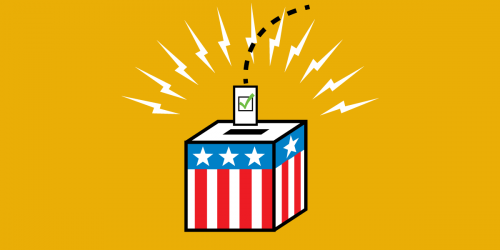One of the most serious problems with touchscreen voting machines reported on Election Day was the misrecording of votes, sometimes called "ghost voting" or "jumping votes." This is when a voter attempts to vote for one candidate and the machine indicates that he or she has voted for another, either immediately or at the summary screen stage. In an even more disturbing variation of the problem, some voters discovered that the machine had "pre-voted" for a candidate or even a slate of candidates, and that they consequently had to "unvote" the default choices.

Despite the anxiety and disruption this caused, voting machine vendors preemptively declared that touchscreen machines passed the test, suggesting that any problems should be attributed to "human error." Now, perhaps recognizing that discussion of the problem isn't going away, one leading vendor, Sequoia, has finally admitted that the problem exists. But, true to form, the company is evidently blaming poll workers for Election Day mistakes. Yet the responsibility for providing tools that poll workers can use properly given the limited amount of training they receive lies with the vendors and voting officials.
As we noted yesterday, EFF is investigating the most troubling e-voting incidents reported through the Election Incident Reporting System (EIRS) to determine whether they indicate serious machine malfunctions. We invite every voter who experienced "vote jumping" to contact us to share specific details about your experience. You may help us establish that the pattern we're seeing is something that vendors and voting officials can and must address.






